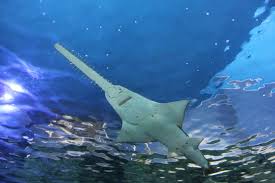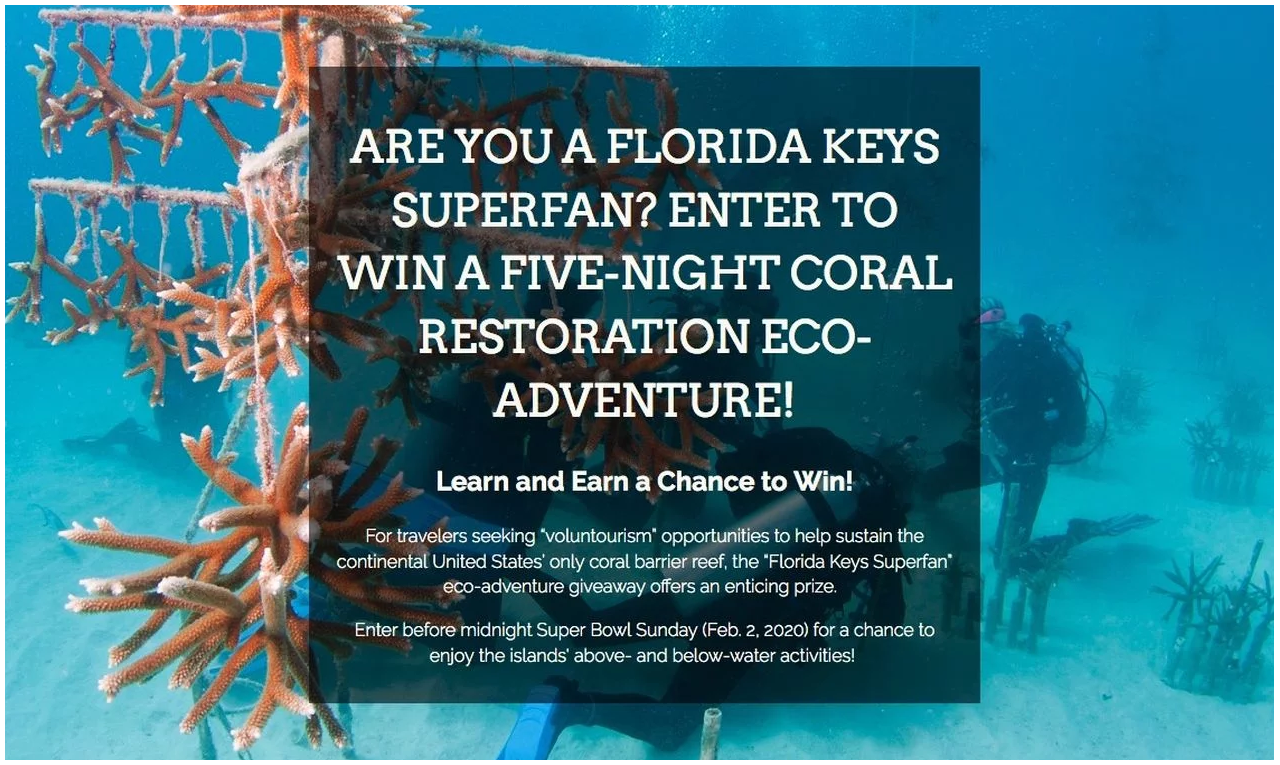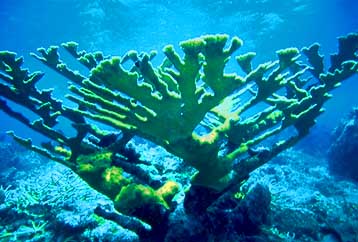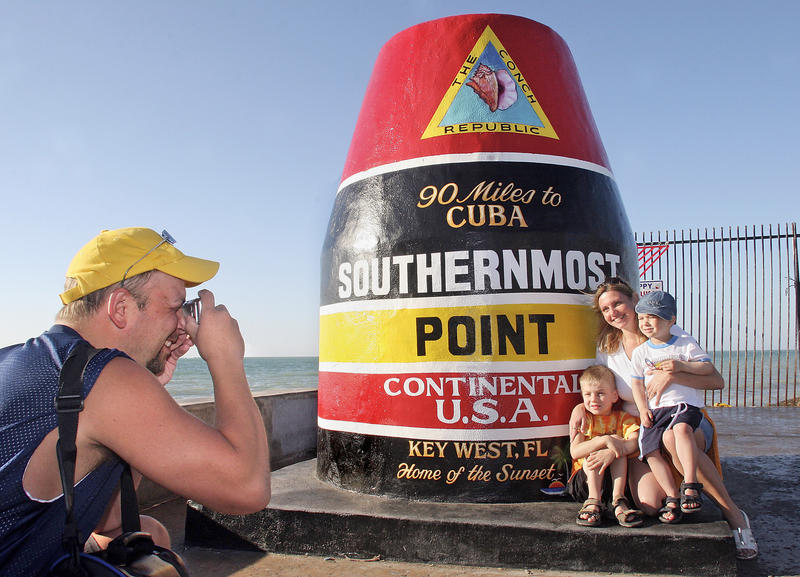Dive Snorkel Kayak Oct 19-22 Florida Keys REEF Fest
Ocean lovers who enjoy diving, snorkeling and kayaking eco-tours can explore and learn about the latest in Florida Keys marine conservation during the annual REEF Fest Thursday through Sunday, Oct. 19-22, in Key Largo. Ocean conservation, education initiatives and demonstrating positive impacts of citizen science in the Florida Keys and around the world are at the core … Read more




